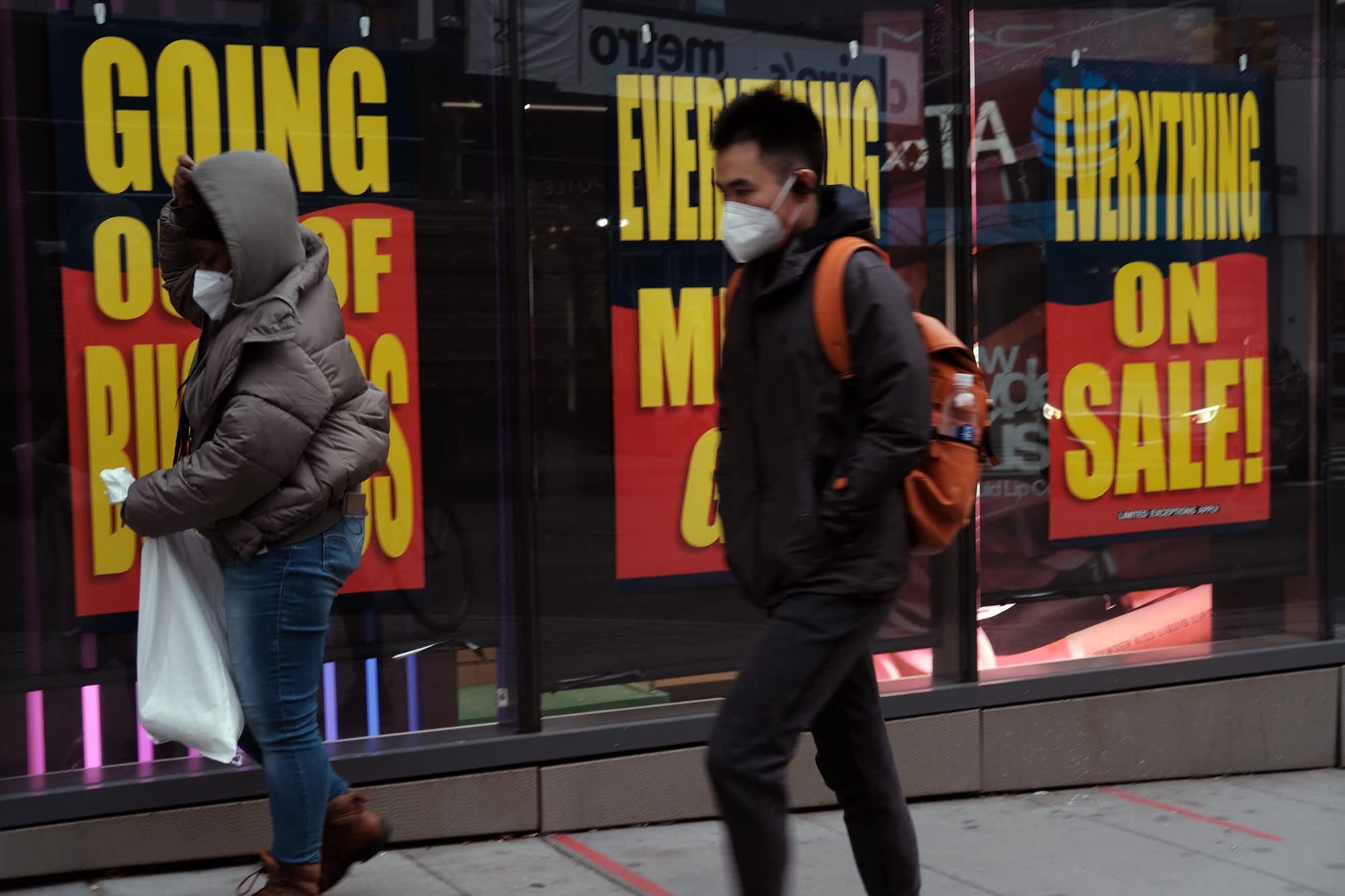
In the months since the U.S. labor market shed roughly 22.2 million jobs at the start of the coronavirus recession, some 10 million roles still have not recovered as the virus drags on and a host of stimulus policies intended to keep Americans housed, fed and able to meet essential needs expire in three weeks.
As Congress continues to debate new pandemic relief, a new analysis from the Economic Policy Institute finds extending and reinstating enhanced jobless benefits through 2021, in addition to getting the virus under control, could save or create 5.1 million jobs; boost GDP by 3.5%; and increase total personal income by more than $440 billion.
Hard-hit workforces in Hawaii, California, New York, Massachusetts, Pennsylvania and Nevada stand to see the biggest job gains if this type of relief is adopted.
Reinstating the expired $600 weekly jobless benefit alone could save or create 3.3 million jobs, the report finds, and boost personal income by more than $290 billion over the next year. Without this supplement, the average worker received $318 per week in unemployment benefits in October, according to the Labor Department.
Two more CARES Act provisions, Pandemic Unemployment Assistance and Pandemic Emergency Unemployment Compensation, extend jobless benefits to those who traditionally don’t qualify, such as the self-employed and gig workers, as well as those who’ve used up the traditional 26 weeks of state-provided benefits. Both of these programs expire by the end of the year, which together could leave some 12 million Americans and their families without any source of income by January 2021, according to a report from The Century Foundation.
Economists say policymakers should consider tying renewed extended benefits to economic conditions, such as employment rates, rather than arbitrary calendar dates.
The $2.2 trillion CARES Act passed in March set up a number of economic lifelines that are set to expire at the end of the year at a time when job growth is slowing, coronavirus cases are surging and businesses are shutting down ahead of what health experts say will be a devastating winter.
Meanwhile, roughly 1 in 3 unemployed individuals has been out of work since the beginning of the pandemic or longer. Economists are concerned about the share of rising long-term unemployment, even while taking vaccine developments into consideration. Following the aftermath of the Great Recession, long-term unemployment exceeded 40% of total unemployment for three years.
In Washington Tuesday, lawmakers introduced a $908 billion bipartisan bill that would provide a $300 weekly supplemental unemployment benefit through March, and offer new state and local government aid.
Republican Senate Majority Leader Mitch McConnell quickly shot down the bipartisan plan and endorsed a separate $500 billion package that would extend the duration of jobless benefits for self-employed, gig and other workers but wouldn’t provide a supplement to state weekly aid.
On Wednesday, Democratic House Speaker Nancy Pelosi and Senate Minority Leader Chuck Schumer urged McConnell to use the $908 billion bipartisan stimulus plan as the basis for ongoing relief talks. Jobless aid continues to be a sticking point in reaching a deal, but experts say the most likely route for success will be attaching relief measures to a spending bill that must pass by Dec. 11 to avert a government shutdown.
President-elect Joe Biden has previously said he will work with Congress to extend the extra $600 per week in federal unemployment benefits that expired at the end of July for “however long this crisis lasts.”
Check out: You have 2 weeks left to earn the Amex Blue Cash Preferred’s elevated $300 welcome bonus
Don’t miss:
More than half of Black, Latino, Native American workers hold jobs that require in-person contact
The share of long-term unemployment is rising: ‘There’s $0.68 in my bank account’
6 ways to manage burnout during a long job search


 Signal2forex.com - Best Forex robots and signals
Signal2forex.com - Best Forex robots and signals




